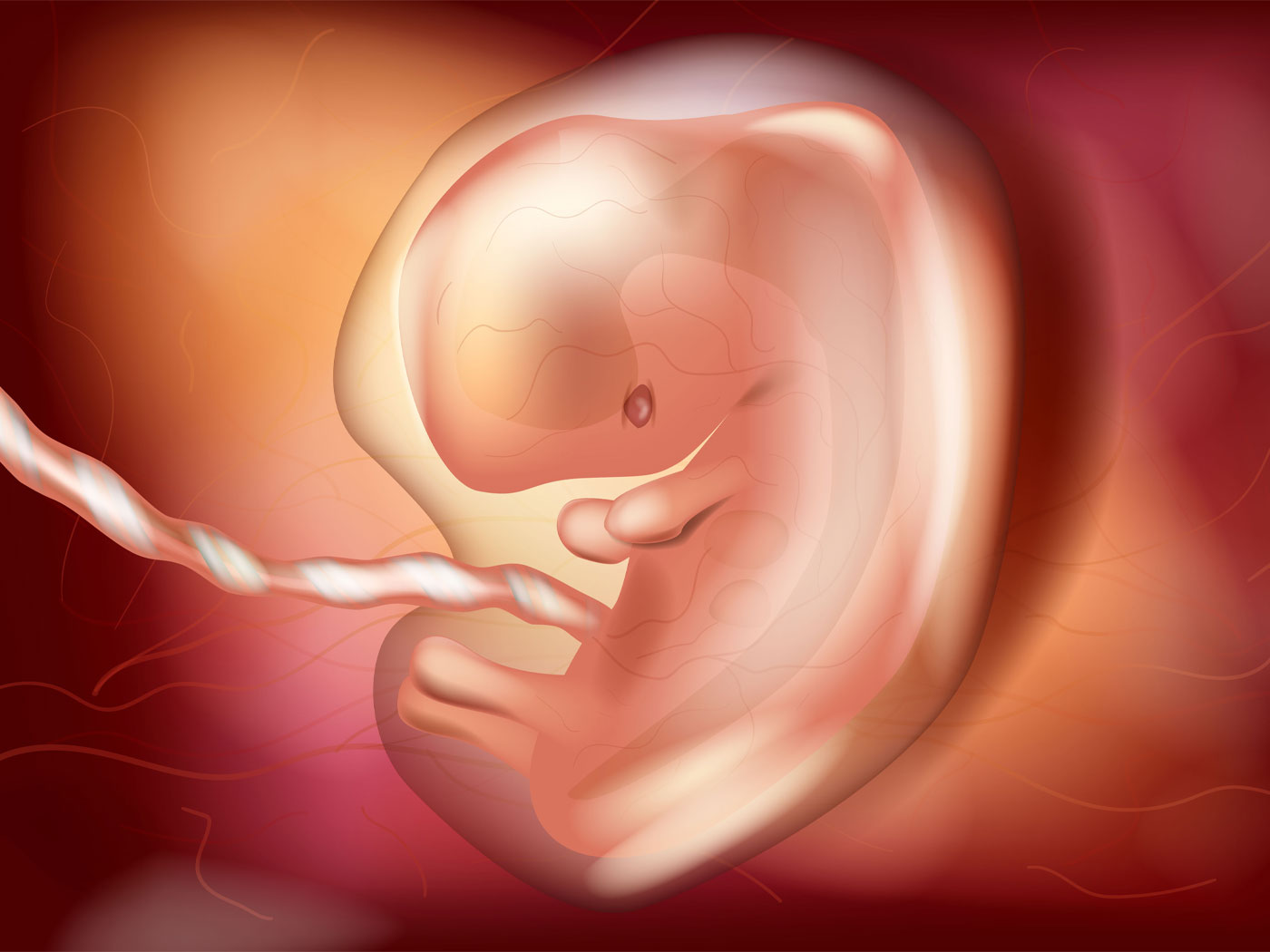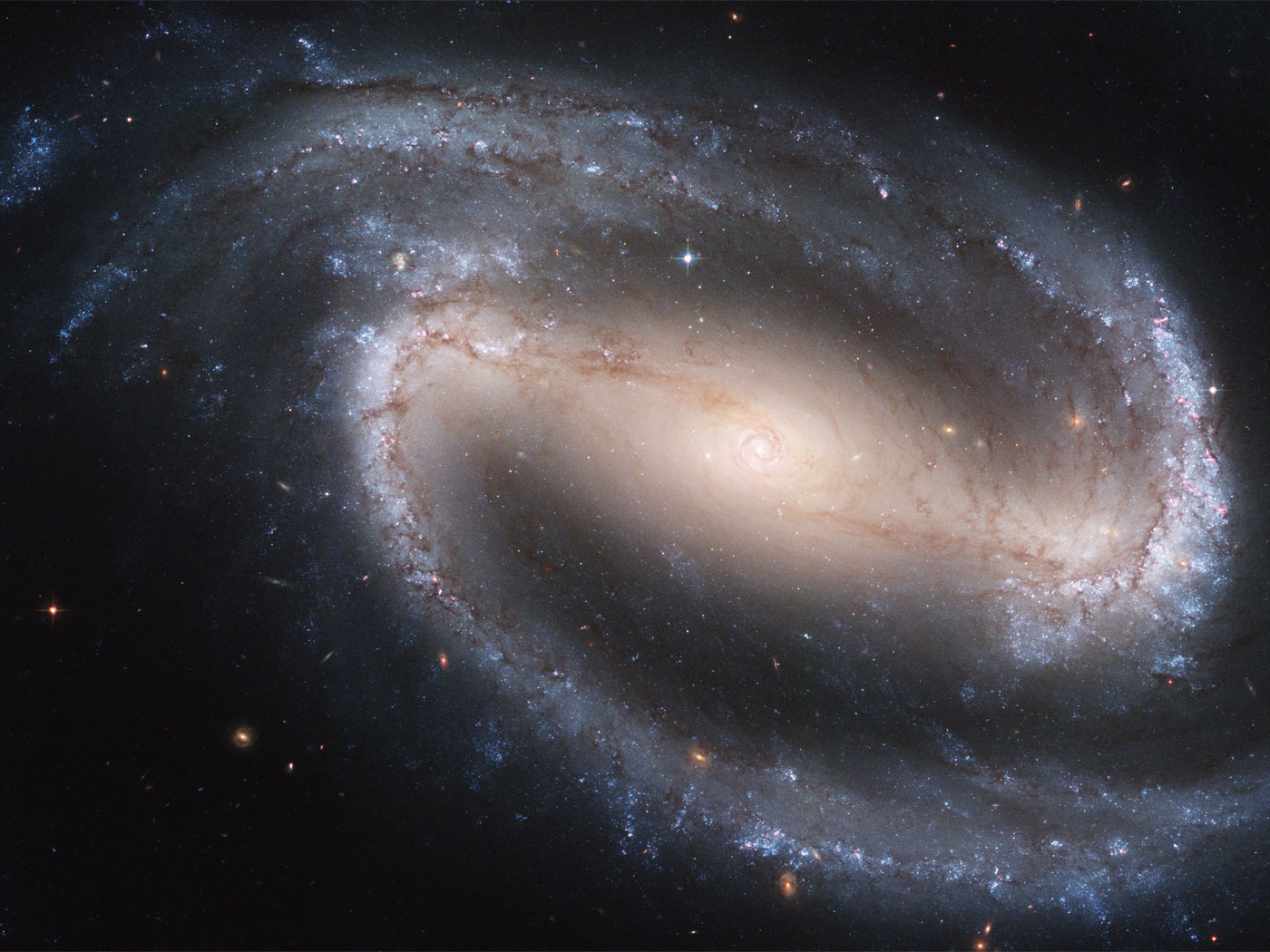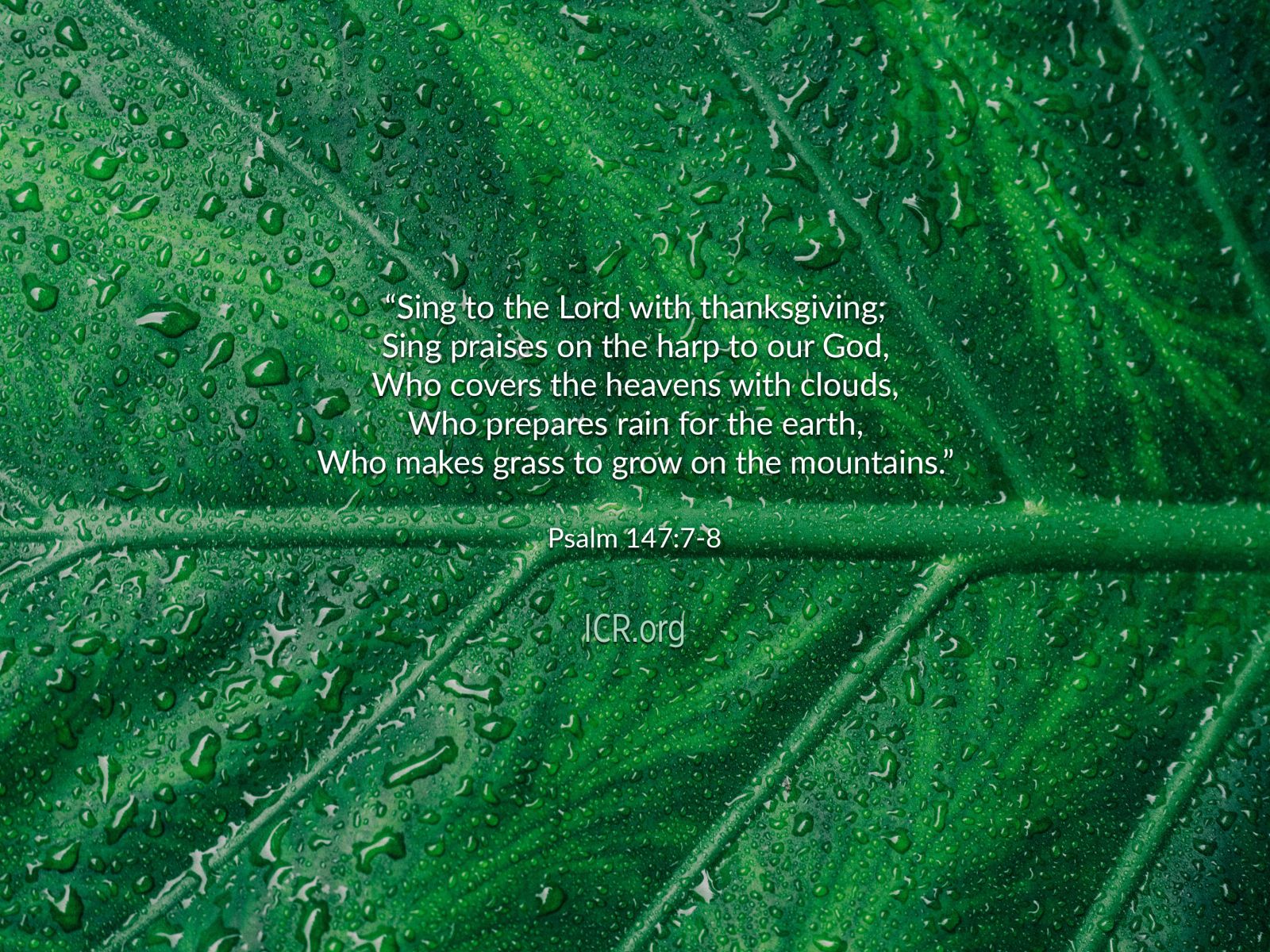According to evolutionary theories of planet formation, a newly-discovered Neptune-mass planet that orbits a small red dwarf star should not exist.1,2 Astronomers discovered this exoplanet (or extrasolar planet, a planet orbiting a star other than our sun) using an instrument constructed specifically for the purpose of detecting exoplanets orbiting low-mass stars. The red dwarf star has been designated LHS 3154, and the exoplanet has been dubbed LHS 3154b.
Simply put, LHS 3154b is too massive to be orbiting such a low-mass star, at least according to naturalistic models of planet formation. As noted by Dr. Suvrath Mahadevan, one of the co-authors on the paper describing the discovery, “This discovery [of LHS 3154b] really drives home the point of just how little we know about the universe....We wouldn’t expect a planet this heavy around such a low-mass star to exist.”2,3
Conventional scientists have developed two broad categories of planet formation models: accretion and gravitational instability. In accretion models, dust particles collide and coalesce to form larger and larger particles that eventually become planet-sized. Because it is the older theory, problems in it are well-documented.4 In newer gravitational instability models, gas and dust clump together to form planets on relatively short timescales. Core accretion models are better at explaining the origin of terrestrial planets but cannot always explain the existence of gas giants. On the other hand, gravitational instability theories are better at explaining the origin of gas giants.5 Of course, the fact that theorists have had to devise two categories of models demonstrates that neither model alone can account for all the observations.
In this particular case, both categories of models have difficulty explaining the existence of such a massive planet orbiting such a low-mass star. Computer simulations showed that the formation of an exoplanet such as LHS 3154b would need at least 10 times as much material as accretion models generally assume. And the gravitational instability model “struggles to explain the formation of such a planet without a very massive disk.”1
Nor is this a first. Previous exoplanet research showed that the dust disks from which exoplanets supposedly formed sometimes do not contain enough material to make the planets.6 Previous Creation Science Updates have documented numerous examples of exoplanets that confound mainstream models.7–11
Dr. Mahadevan also stated, “The planet-forming disk around the low-mass star LHS 3154 is not expected to have enough solid mass to make this planet....But it’s out there, so now we need to reexamine our understanding of how planets and stars form.”3
Yes, conventional astronomers and astrophysicists would do well to “reexamine” their understanding. They would do even better to reexamine their starting presuppositions. Are natural processes really sufficient to explain the existence of stars and planets? Based on the evidence so far, the answer is a resounding no. The existence of the heavenly bodies requires supernatural creation, and the Bible testifies that the Lord Jesus Christ did indeed create them supernaturally just a few thousand years ago.12
References
- Massive planet too big for its own sun pushes astronomers to rethink exoplanet formation. Phys.org. Posted on phys.org December 2, 2023, accessed December 4, 2023.
- Stefánsson, G. et al. 2023. A Neptune-mass exoplanet in close orbit around a very low-mass star challenges formation models. Science. 382 (6674): 1031–1035.
- Discovery of planet too big for its sun throws off solar system formation models. Phys.org. Posted on phys.org November 30, 2023, accessed December 4, 2023.
- For a delightful exposition of such problems, see the DVD What You Aren’t Being Told About Astronomy, Volume 1: Our Created Solar System, 3rd edition.
- Tillman, N. T. How did Earth form? Space.com. Posted on space.com October 31, 2016, updated April 8, 2022 by C. Gohd, accessed December 4, 2023.
- Hebert, J. 2018. Nebular Hypothesis Doesn’t Hold Together. Creation Science Update. Posted on ICR.org October 18, 2018, accessed December 4, 2023.
- Thomas, B. Planet Formation Theory Collides with Backward-Orbiting Planets. Creation Science Update. Posted on ICR.org April 27, 2010, accessed December 4, 2023.
- Thomas, B. Exoplanet Discoveries Demolish Planet Formation Theories. Creation Science Update. Posted on ICR.org January 24, 2011, accessed December 4, 2023.
- Hebert, J. Intermediate Gas Giants Challenge Planet Formation Theory. Creation Science Update. Posted on ICR.org January 24, 2019, accessed December 4, 2023.
- Hebert, J. Hot Neptune Atmosphere “Shouldn’t Exist.” Creation Science Update. Posted on ICR.org November 5, 2020, accessed December 4, 2023.
- Hebert, J. New Exoplanet’s Year is Just 16 Hours. Creation Science Update. Posted on December 13, 2021, accessed December 4, 2023.
- Genesis 1:1–31, Psalm 19:1–4, Colossians 1:14–16.
Stage image: This artist's impression shows two Earth-sized worlds passing in front of their parent red dwarf star, which is much smaller and cooler than our Sun. The star and its orbiting planets TRAPPIST-1b and TRAPPIST-1c reside 40 light-years away.
Stage image credit: Copyright © NASA, ESA, and G. Bacon (STScI), 2016. Used in accordance with federal copyright (fair use doctrine) law. Usage by ICR does not imply endorsement of copyright holder.
* Dr. Hebert is Research Scientist at the Institute for Creation Research and earned his Ph.D. in physics from the University of Texas at Dallas.






















